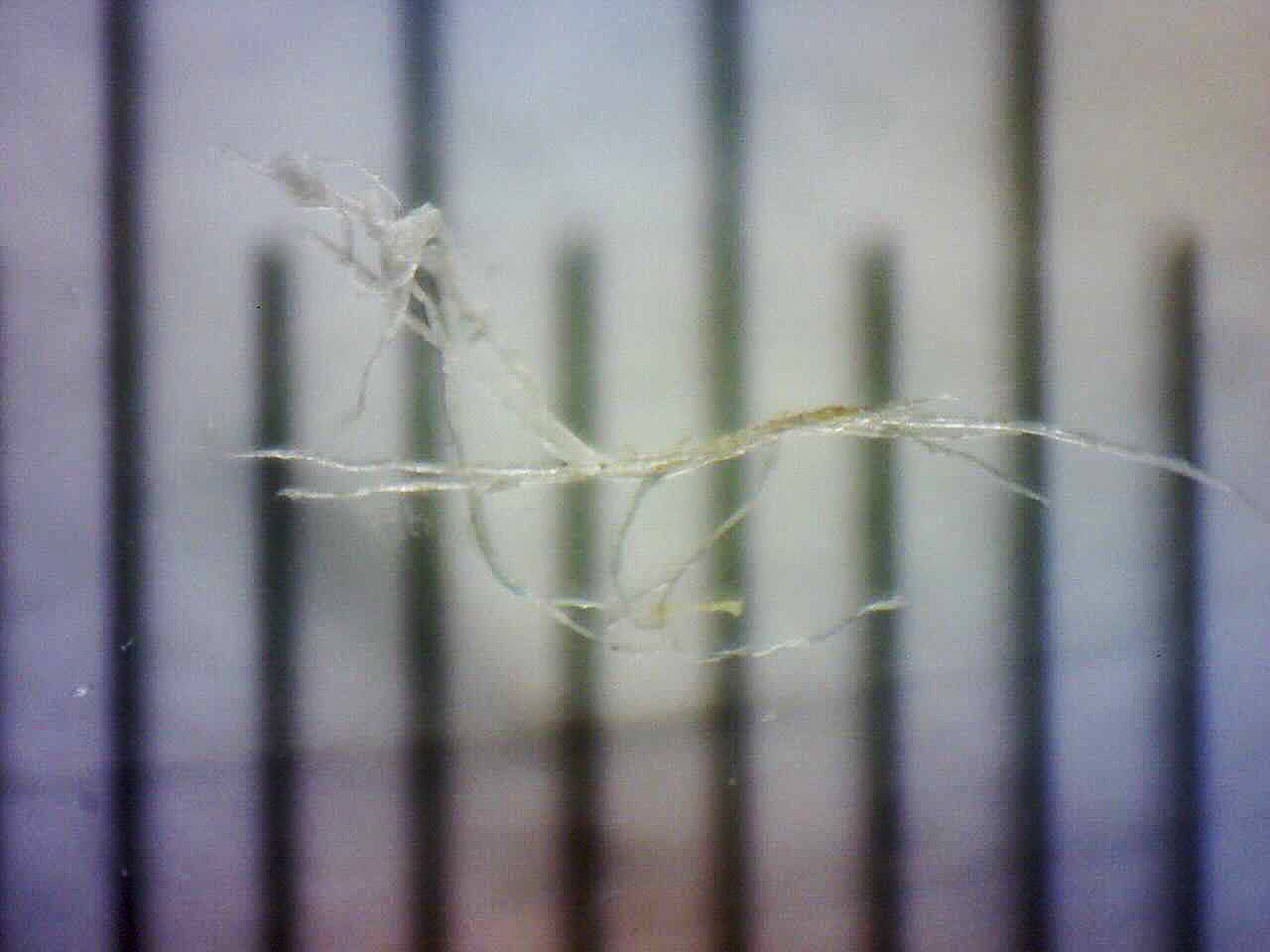Scientists from the P. P. Shirshov Institute of Oceanology of the Russian Academy of Sciences (Moscow) and the Institute of Water Problems of the North of the Karelian Scientific Center of the Russian Academy of Sciences (Petrozavodsk) determined the degree of microplastic pollution of the bottom of the Baltic Sea.
According to them, the data obtained will help identify and control areas of the water area with a higher concentration of toxic substances.
This was reported to RT by the press service of the Russian Science Foundation (RNF).
This work was supported by a grant from the Russian Science Foundation.
The results are published in the Marine Pollution Bulletin.
Scientists studied 53 sediment samples from the bottom of various depths (from three to two hundred meters) in different parts of the Baltic.
This sea is subject to severe anthropogenic pollution, since several densely populated European countries are located on its shores, and the almost complete isolation of the water area from the Atlantic Ocean prevents water renewal, experts say.
Using a stereomicroscope and a spectrometer, the authors of the study determined the number of microplastic particles in bottom sediments, their shape, size and type of material.
Scientists have found that microplastics accumulate most actively in deep-sea bottom sediments.
According to the assumption of the authors of the work, particles cannot settle in the coastal zone due to strong currents.
Polypropylene fibers found in the sands of the coastal zone of the Baltic Sea
© Elena Esyukova
As the researchers noted, now we can even talk about the emergence of a new synthetic type of marine sediments in the form of microplastics.
“We have determined that microplastic particles in the Baltic Sea are most concentrated in deep sea sediments tens of kilometers from the coast.
This means that currents play the greatest role in the spread of this type of pollution.
In the future, we plan to study in more detail the features of microplastic particles of various shapes and sizes settling to the bottom, ”said the project leader, Doctor of Physical and Mathematical Sciences, chief researcher, head of the marine physics laboratory of the P.P. Shirshov Institute of Oceanology of the Russian Academy of Sciences, in an interview with RT Irina Chubarenko.
The most widespread in the Baltic Sea is microplastic, which is in the form of long thin fibers: almost 75% of all detected particles.
Scientists have also found that most of the particles polluting the Baltic are the remains of polyethylene and polypropylene - polymers used in the production of bags, cling film, bottles and disposable plastic tableware.

